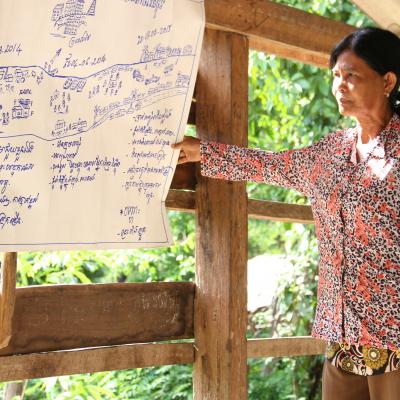CEDRIG Light
PDF ReportCambodian Horticulture Project Advancing Income and Nutrition (CHAIN) phase 3
- Overview
- Risk perspective
- Impact perspective
Overview
NextGeneral Information
Author
Moritz Krüger
Last updated
June 2021
Overall goal
Promotion of horticulture value chains in Preah Vihear, Stung Treng, Kratie and Oddar Meanchey provinces, with a strong focus on women and delivering sustainable income growth and improved household food security and resilience
Country
- Cambodia
Budget
CHF 1.900.000
Duration
01.01.2021 - 31.12.2022
Summary
Description
In Cambodia, more than 20 % of the rural poor suffer from food insecurity. The increasing market demand for safe vegetable and fruits provides a huge opportunity for small holder farmers and processors, in particular women to increase income and food security. The Cambodia Horticulture Advancing Income and Nutrition (CHAIN) project supports farmers in increasing sustainable production, income and resilience in four of the poorest provinces of Cambodia - Kratie, Stung Treng, Preah Vihear and Oddar Manchey. With the particular focus on the fruits and vegetables sector, CHAIN tackles market system constraints to improve the service delivery to poor farmers households, women headed households and ethnic minorities. CHAIN will support smallholder farmers to diversify into growing fruit and vegetables through the introduction of smart horticultural techniques ,water saving , and market linkages required to generate much-needed additional income, and it will also address poor household nutrition by introducing diversification of diets.
Keywords
- agriculture and food security
Sectors of Intervention
- Agriculture
- Food security
- Rural development
- Water management
- Vegetables Production
- Marketing
Documents
Images
Logos





Comments
Massive deforestation in Cambodia is highly likely to be the root cause of the devastating change in the observed rainfall pattern. It is caused by legal (attribution of land concession to foreign companies, building of roads in forested area, etc…) and illegal logging.